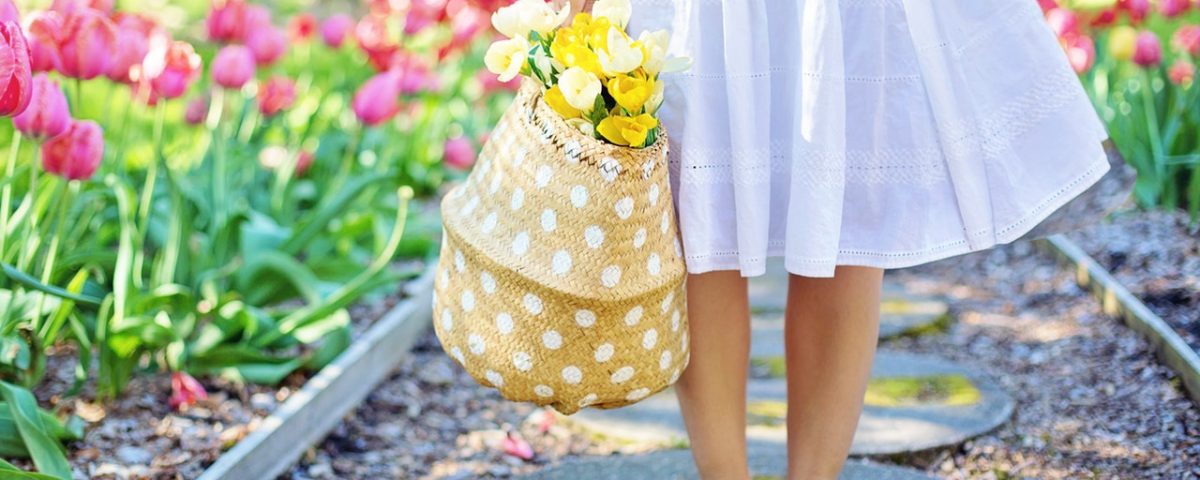Guide to Finding How Much Sun Your Garden Gets

How to Design Landscaping for Small Spaces
April 11, 2018
4 Best Ways To Use Fences in Your Landscaping
May 6, 2018
Understanding how much sun your garden gets should play a large role in what you’re attempting to grow and where. Certain plants require more sun, while others are lovers of shade. While knowing which plants are which is a good start to optimizing your gardening efforts, having an appreciation of the actual amount of sun and shade your garden receives will refine your practice. Read on to learn how to map the sun and shade your garden receives.
Don’t Be Fooled
When you look at your garden, just because you see the sun shining in certain areas while other spots are shady doesn’t necessarily mean that this will be the case throughout the growing season. As the sun moves across the sky, the parts of your yard that receive sun will change as the day progresses. Similarly, as the seasons change, the angle of the sun will be different depending on the time of year. For this reason, creating a shade map will give you a more accurate understanding of your garden’s sun exposure.
Why Create A Shade Map?
Of course, if your garden happens to be in an open field, there will be no sunnier spots or shadier spots. That said, most people’s gardens are in their yard and are affected by the shade thrown by the house, garage, fences, trees and other surrounding structures. By creating a shade map, you’ll be able to get a better understanding of how much sun your garden actually gets. This should be done at least twice a year – once in the spring and once in the fall. If you want to do it more frequently, it’ll only help your cause.
Get Out The Graph Paper
Start by mapping out your garden and all the surrounding structures on graph paper. Once you have everything mapped out, pencil in the shade patterns you see in your garden at various times during the day. Good times to check would be 9am, 12 noon and 3pm. From your shading you’ll be able to see which parts of your garden get full sun (more than 6 hours), partial sun (4 to 5 hours), little sun (2 to 3 hours) or no sun (less than 1 hour.)
Plan Accordingly
Now that you know exactly how much sun each part of your garden gets, you’ll be able to choose the appropriate plants for the appropriate areas. You might find out that your garden actually gets a lot less sun than you thought. Similarly, discovering sunny pockets can maximize the yield of sun loving plants such as tomatoes, cucumbers or Black Eyed Susans.




